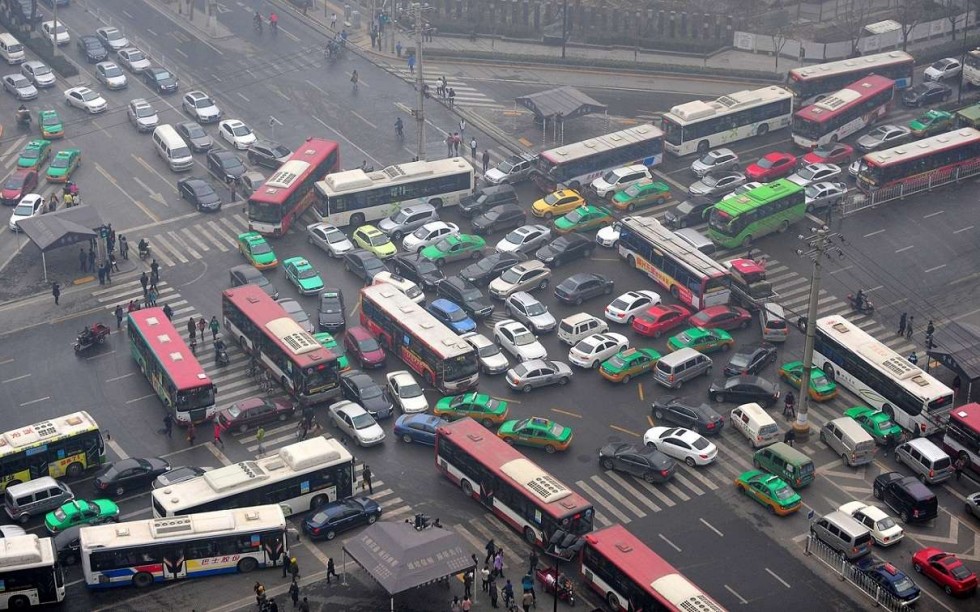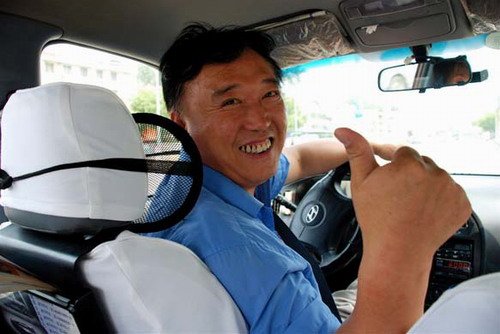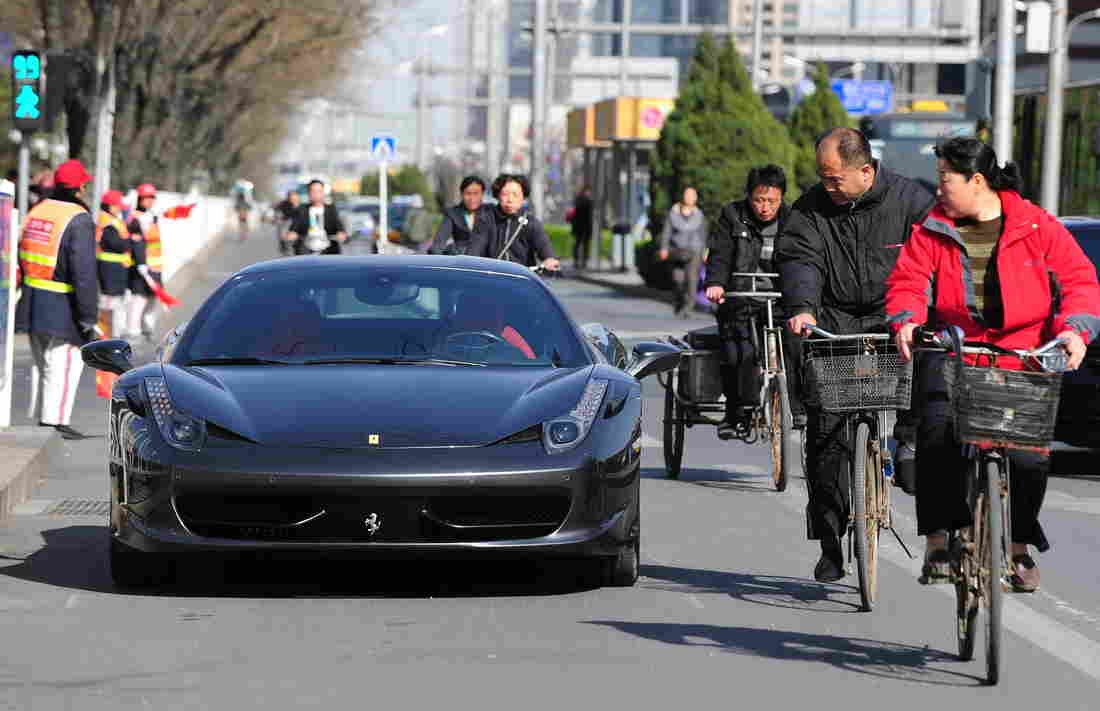bwahahahahahaha.
All (c)s for me

Rear View takes a jocular look at some of the experiences that make Beijing such a fun place to live (if they don't break you first).
When it comes to getting around Beijing, there’s nothing quicker and more convenient than a car – except for every other form of transport ever invented, up to and including pogo sticks and ostrich riding.
Still, if you want to be able to spend hours at a time sitting in a traffic jam because two Porsches have touched wing mirrors and are waiting for a responsible adult to come and sort the situation out, then you’re going to need to pass a test.
When we first discovered this, our outraged indignation knew no bounds. You mean to say that even though we hold a British driving license, issued personally by Her Majesty the Queen, we’re not considered good enough to drive in Beijing? The land that reverse parallel parking forgot?
Furthermore, we’re not permitted to get into a car and show that we can drive. We have to pass a “Theory” test. As anyone who’s driven on Beijing roads knows, Theory and Practice in the Chinese highway code are not only divorced, they’ve been through an acrimonious custody battle which left Practice with the house and kids while Theory is drinking itself to sleep on a friend’s sofa.
In a bid to solve this problem, we have developed the Real Chinese Driving Test, which we submit to the authorities for their consideration.

1. How do you indicate your intention to pull out into traffic?
a) Using the car’s indicator lights
b) With a hand signal
c) By pulling out into traffic
2. Oh yes, those flashing lights on the side of the car. What are they for, anyway?
a) To show other vehicles which way you’re turning
b) To frighten away evil spirits
c) What flashing lights?
3. When both sets of indicator lights are flashing at once, this means:
a) I have stopped in an emergency
b) My friend is following me and can’t remember which car is mine
c) I’m playing the game where I drive very slowly up the middle of the road, and you have to guess whether I’m about to turn left, turn right, speed up or suddenly stop
4. What about those little mirrors on either side of the car, what are they for, then?
a) Checking whether a bike is approaching on the inside before I turn
b) Checking my reflection when I get out of the car
c) Feng shui

5. Bicycle lanes are for the exclusive use of:
a) Bicycles
b) Bicycles, tuk-tuks, and little old men pedaling trikes heaped with teetering piles of cardboard
c) Sports utility vehicles
6. What is the proper use of a car horn?
a) To warn other vehicles of your approach
b) To express your annoyance when other vehicles swerve in front of you
c) To solve the problem of Beijing’s congested roads by beeping loud and long in traffic jams
7. Using a mobile phone while driving is:
a) Dangerous and stupid
b) Inadvisable
c) Compulsory
8. Which vehicles do not need to stop at red lights?
a) Emergency vehicles
b) Those who are turning right, or in a bit of a hurry
c) Any vehicle which is black, German-made, and costs in excess of RMB 500,000
How did you score?
Photos: the Beijinger, China Law and Policy, NPR
If you are interested in joining True Run Media, please feel free to contact our team.